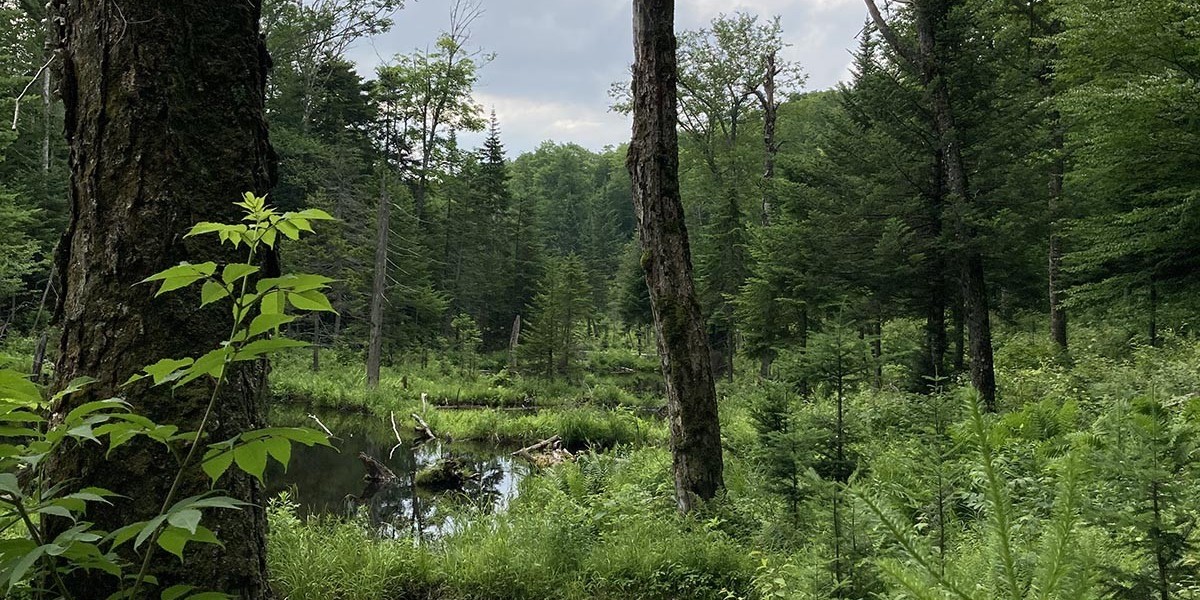Sustainable forest management is a process of logging and harvesting trees to ensure that it creates a pleasant coexistence with the conservation of thriving forests.
In the initial days, sustainable forestry practices used equipment such as axes, saws, and manual labor. As technology improved, powered machines came into use, which exponentially increased the harvesting pattern of timber. However, the machines created a significant disturbance to the wildlife, native plant species, and even disrupted the trekkers and other users in the wild areas.
Logging is a term that can be applied from gardening at home to log production in the forestry industry, which comprises logging, thinning, and main logging according to the stage of tree growth, and involves clear-cutting and selective logging depending on the method used.
As people grew more aware of environmental and climate issues, there were several protests and conflicts that led to the Government intervening in the mid-seventies of the previous century and passing environmental policies into statute nationwide.
1] How do clearing, thinning, and main cutting differ?
Clearing and thinning are necessary to reach the goal of main cutting, and they are also processes required to maintain a healthy forest.
1] Clearing
Clearing means cutting down trees that hamper the development of young and underdeveloped trees to allow the young trees to grow. It is also known as forest clearing, and the cultivators place it in the newly planted in the logging traces of stunted trees. The process is similar to weeding in agriculture, cutting undergrowth and thinning. Since clearing removes shrubs, thin saplings, grass, and vines, they use brush cutters and sickles.
2] Thinning
As the trees grow, thinning is a process that you adopt to adjust the density of the forest. Thinning surpasses the shine light on the exterior to adjust the spacing of the crowded trees. It helps promote the development of the remaining dominant trees, but it also makes it easier for understory greenery to grow, improving the efficacy of water source recharge and sediment disaster prevention.
The fundamental objective of thinning is to control the density of forests, but as a result, it has both environmental conservation functions and economic activities. It is recommended by the Government. However, thinning for subsidies is also dangerous for the environment, as several cases of where the forest has been devastated. There is a call for reflection on ad hoc policies and the need for long-term planning from a broad perspective.
3] Main logging
If thinning is density-adjusted logging, the central logging is the timber that is put on sale. Wood is the main source of income in the forest, so the officials check and cut the trees that are aging. This activity of cutting is generally done in the dry winter.
4] Selective logging:
It is a process of choosing a suitable quantity of trees from the target plots based on the growth of the trees and the needs of the market, and logging them every few to several decades.
Conclusion:
Logging is an effective way to restore a forest to its original condition. Removing the obsolete, damaged, and low-quality trees helps the higher-quality trees grow. This is known as an improvement harvest.







